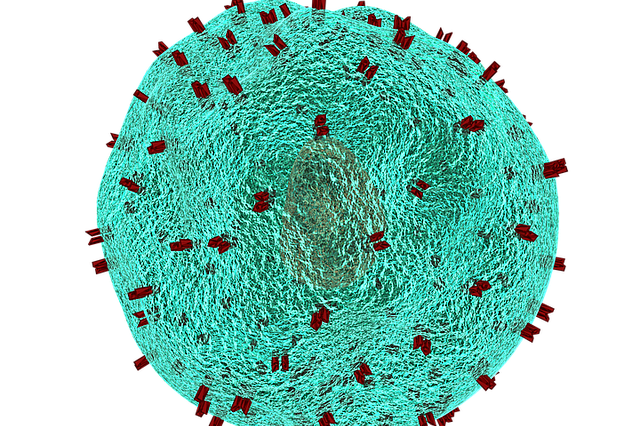Written by Soujanya Kondameedi

Strokes, transient ischemic attack, Alzheimer’s, Parkinson’s Disease, and Huntington’s Disease — as diverse as they may be in symptoms and treatment plans — are all neurodegenerative diseases. As such, their defining characteristic is that they target and affect neurons, the building blocks of the nervous system. The catalyst and process of death for neurodegenerative diseases is called Parthanatos, a molecular chain of events that precedes cellular death, named after the personification of Death in Greek mythology [1]. This chain differs from normal routes of cellular death like apoptosis, necrosis, and autophagy because it involves large scale DNA fragmentation [1].
How relevant is this identification to understanding neurodegenerative diseases better? An article published in the October 7 issue of Science follows the journey of a research team at Johns Hopkins University that was successful in identifying a singular protein at the end of this molecular chain, dubbed “the executioner” [1]. This protein may be the key to targeting and creating a solution to evade the final step of cellular death, therein saving the neuron.
Parthanatos and a key enzyme, Poly ADP ribose polymerase (PARP), were identified using laboratory-grown human cells in an effort to determine a single cause of death. Partners Ted and Valina Dawson from Johns Hopkins University’s School of Medicine found that mitochondrial apoptosis-inducing factor (AIF) triggers death as a result of its shift from the mitochondria to the nucleus [3]. Further analysis showed that though the shift was a critical part of cellular death, it is not the component of the molecular chain that actively shreds DNA and kills the cell. Dr. Yingfei Wang of the University of Texas Southwestern Medical Center then aimed to identify a particular protein that interacts strongly with AIF and could be proven to shred the DNA. Through her research, 160 possible proteins were eliminated one by one in laboratory-grown cells to determine if their elimination prevented cell death. Eventually, one protein, the macrophage inhibitory factor (MIF), was labelled as that one crucial protein. The AIF binds to the MIF, triggering its shift from the mitochondria to the nucleus, where it then shreds DNA and completes programmed cell death [2].
The implication of this crucial MIF protein is relevant because it can now be targeted and possibly eliminated in order to prevent and cure neurodegenerative diseases. The Johns Hopkins team found that through repressing the MIF, mice were found to have diminished stroke injury [2]. Although the practical applications of the repression of this factor have so far only been confirmed in mice, it continues to be a promising field of research that may result in the discovery of a potential cure for diseases of a similar nature.
References:
- “Brain Cell ‘Executioner’ Identified.” Johns Hopkins Medicine. National Institute of Neurological Disorders and Stroke, 6 Oct. 2016. Web. 8 Oct. 2016.
- Nichols, Hannah. “Brain Cell Death Mechanism for Stroke, Alzheimer’s Identified.” Medical News Today. MediLexicon International Ltd., 7 Oct. 2016. Web. 8 Oct. 2016.
- Wang, Y., An, R., Umanah, G.K., Park, H., Nambiar, K., Eacker S. M., Kim, B., Harraz, M.M., Chang, C., Chen, R., Wang, J.E., Kam, T., Jeong, J.S., Xie, Z., Neifert, S., Qian, J., Andrabi, S.A., Blackshaw, S., Zhu, H., Song, Hongjun., Guo-li, M., Dawson, V.L., and Dawson, M.T. 2016. A nuclease that mediates cell death induced by DNA damage and poly (ADP-ribose) polymerase-1. Science. 354:82-83.